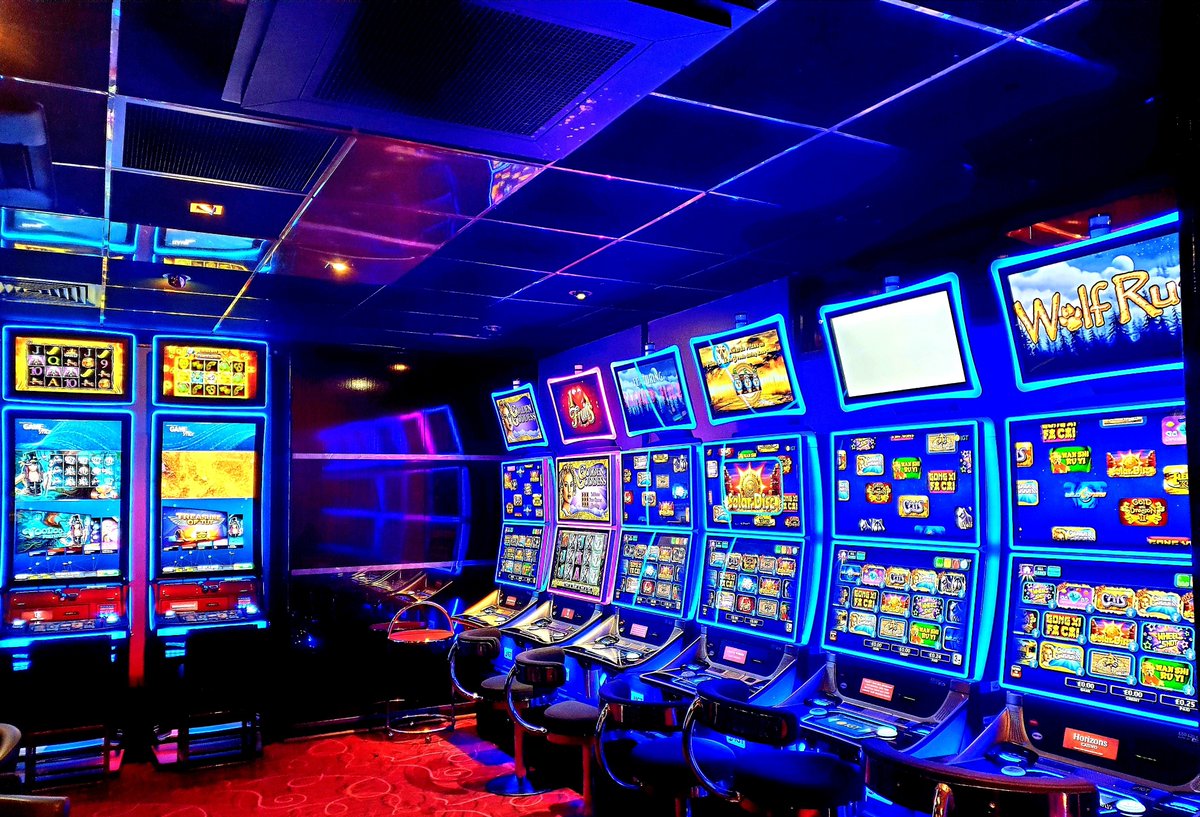
In the dynamic and thrilling world of gaming establishments, where luck and tactics intertwine, color and aesthetic play a critical role in attracting players. From the moment visitors step inside a casino or log into a gaming website, they are immersed in a visual feast that captures their attention and entices them to discover more. Vivid colors, captivating graphics, and innovative layouts are carefully crafted to create an atmosphere of thrill and anticipation, ultimately improving the gaming encounter.
While gamblers navigate through the dynamic landscape of casino games, they come across a variety of designs that not only serve aesthetic purposes but also influence emotions and decision-making. Hues like red and gold symbolize wealth and fortune, while calm navy and greens can create a more tranquil environment. Understanding how these elements function together allows casinos to create an welcoming and energizing atmosphere that encourages players to interact with the games, invest additional time at the tables, and boost their general enjoyment.
The Study of Hue in Casino Games
Tint plays a key role in the creation of gambling games, affecting players’ emotional states and actions. Vivid and vibrant colors, such as scarlet and yellow, are often used to stimulate excitement and draw focus. These hues create a feeling immediacy and vitality, encouraging players to engage more enthusiastically with the game. By thoughtfully selecting hues, creators aim to elicit feelings of pleasure and expectation, which can enhance the overall gaming experience.
Distinct shades also have psychological meanings that can influence how players perceive their possibilities of success. For instance, green is frequently associated with luck and abundance, making it a frequent choice in games like the roulette wheel and poker tables. This connection can result gamblers to feel more optimistic and confident in their play, ultimately encouraging them to stake more. Grasping these connections allows game developers to design environments that enhance player satisfaction and retention.
Moreover, the design of casino game interfaces often employs gradients and opposing shades to instruct players’ actions. For instance, successful outcomes may be emphasized with vivid, contrasting shades, creating a visual incentive. This technique supports favorable outcomes and encourages repeated gameplay. By leveraging the science of color, casinos can design games that not only captivate gamblers but also keep them involved and dedicated in their game experience.
Design Elements that Attract Players
The aesthetic appeal of casino games is primarily influenced by the implementation of vibrant colors. Bright and contrasting colors are deliberately chosen to create an inviting atmosphere that grabs interest. For example, reds and golds often signify good fortune and prosperity, which is why they are prevalent in the palettes of slot machines and table surfaces. These colors not only draw players in, but they also stir emotions associated with excitement and expectation, enhancing the total gaming experience.
In parallel to color, the aesthetic and layout of gambling games play a significant role in captivating players. Games are designed to be intuitive, ensuring that players can quickly understand the rules and gameplay. User-friendly interfaces, along with engaging graphics and animations, help maintain gamer interest and promote extended play sessions. The tactile elements, such as the texture of the controls and the audio of the games, also contribute to a comprehensive sensory experience that keeps players immersed.
Finally, conceptual elements in gaming design can significantly influence player choice. Many gambling games are inspired by popular culture, fairy tales, or exploration motifs, featuring symbols and characters that resonate with players. These themes create a sense of engagement and connection, making each game feel unique. 58win When players feel a bond to the concept, they are more likely to choose that game over others, leading to higher participation and enthusiasm within the casino environment.
Case Studies: Effective Gambling Table Game Designs
One noteworthy example of successful gambling game design is the well-known slot machine series themed around hit movies. Games such as those based on the The Wizard of Oz and Game of thrones utilize dynamic colors and superior graphics to immerse players in familiar narratives. The use of moving visuals and entertaining sound effects grabs the interest of players, creating an emotional connection to the theme. This tactic merely encourages longer play but also improves the overall gaming experience, yielding increased player retention.
Another notable case is the use of color in table games like blackjack and the wheel. Casinos often design these games with deep reds and greens, colors traditionally associated with luck and wealth. For instance, the green felt on a blackjack table provides a soothing effect, while the red accents in roulette invite thrill. This thoughtful use of color helps to foster an inviting atmosphere that motivates players to engage, satisfying their psychological impulses and boosting their enjoyment.
Finally, online casino games that include community features and bright, lively designs have experienced remarkable success in engaging players. Games like Zynga Poker and Slotomania leverage vivid colors and playful animations to forge an inviting online environment. The integration of leaderboards, community sharing options, and in-app rewards encourages competition and community, attracting players in for longer sessions. Such designs merely make the games visually attractive but also highlight community engagement, a key factor in player retention and engagement within digital casino environments.